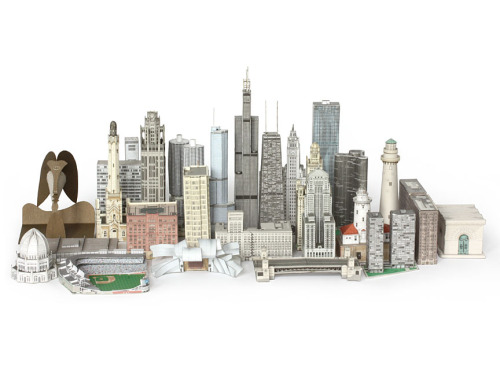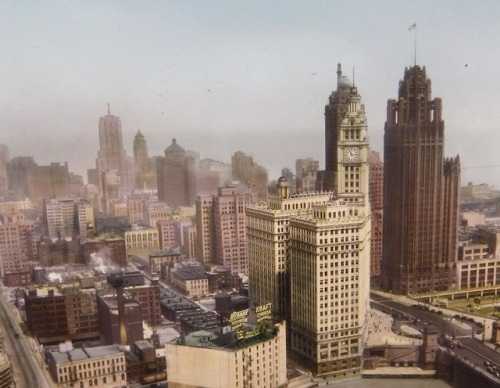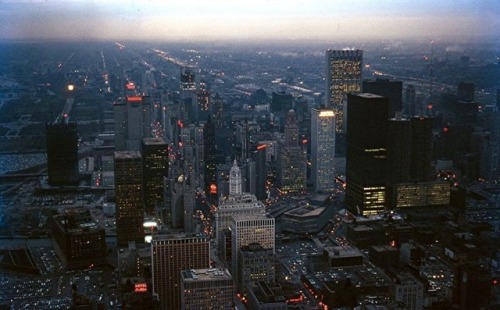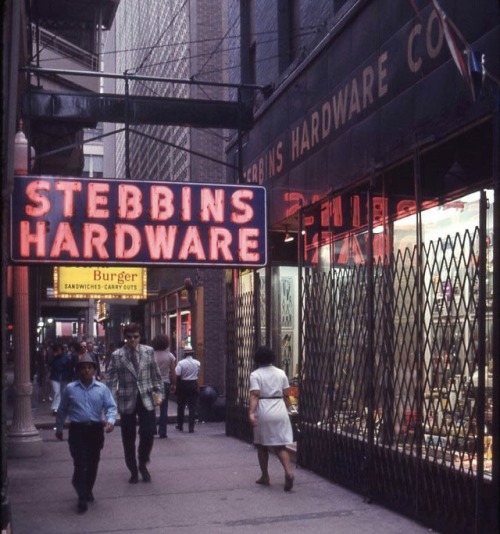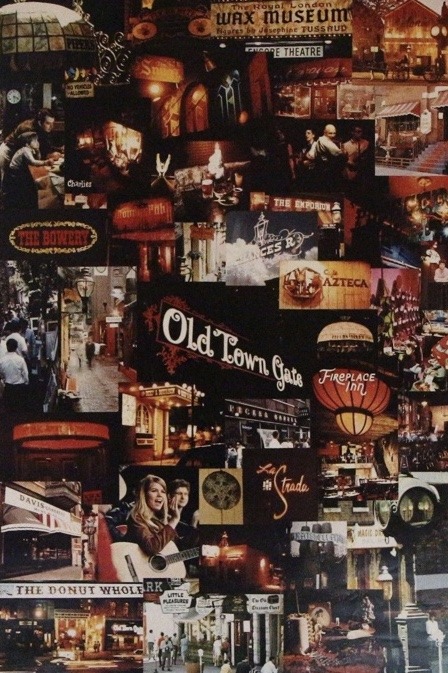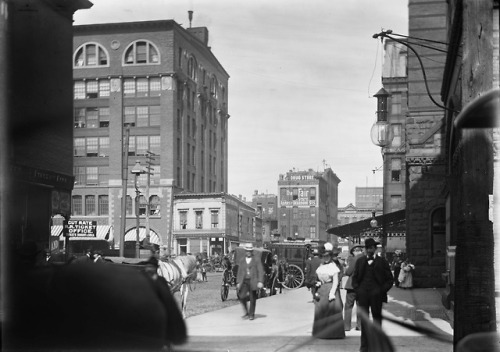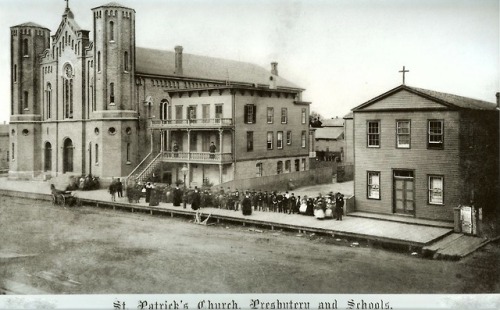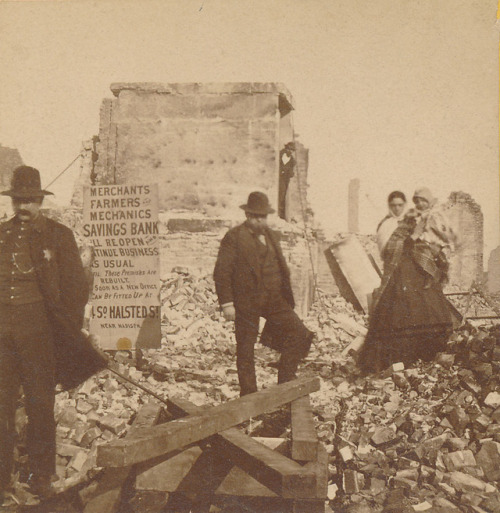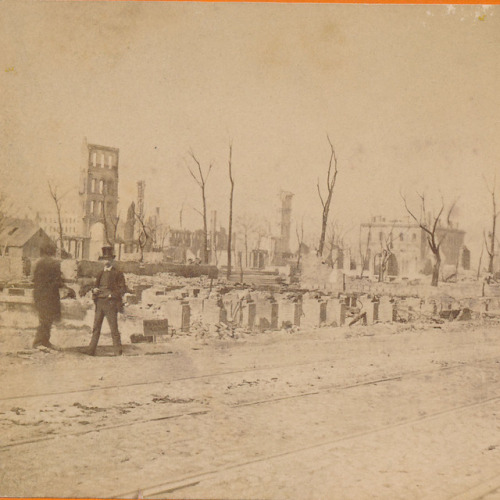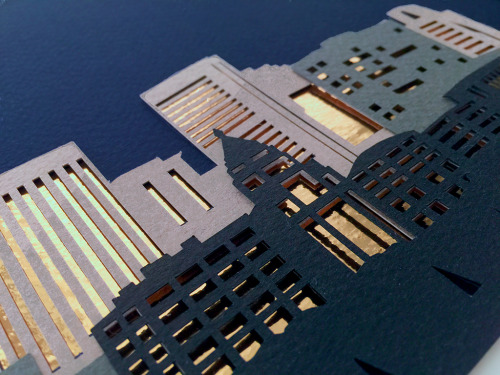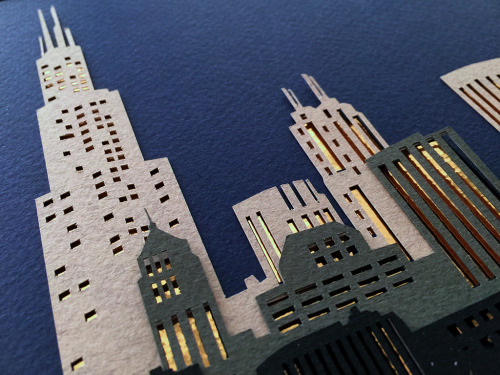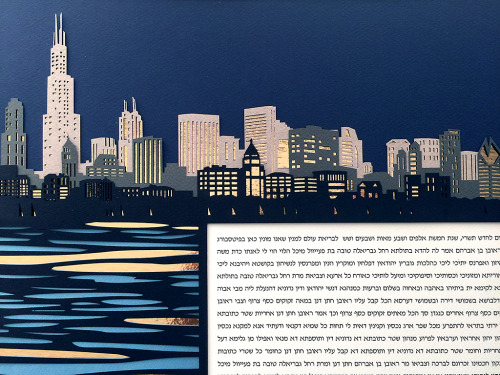#chicago architecture
Feb 5, 1919 - United Artists created
“By 1919, Charlie Chaplin, Mary Pickford, Douglas Fairbanks and D.W. Griffith were all heavyweights in the rapidly growing motion-picture industry. Chaplin was a British actor and former vaudeville performer whose “Little Tramp” persona had made him one of the biggest stars of silent film. Pickford, silent film’s favorite ingenue, and Fairbanks, her leading man on-screen and off, were equally familiar to American audiences, and Griffith’s controversial feature Birth of a Nation (1915) had become Hollywood’s first blockbuster, establishing the director as a pioneer in filmmaking techniques. All four, however, were seeking to gain more financial and artistic control over producing and distributing their films. On February 5, 1919, they joined forces to create their own film studio, which they called the United Artists Corporation.
United Artists quickly gained prestige in Hollywood, thanks to the success of the films of its stars, notably Chaplin’s The Gold Rush (1925), as well as the work of actors such as Buster Keaton, Rudolph Valentino and Gloria Swanson. Chaplin directed UA films as well as acted in them, and Pickford concentrated on producing after she retired from acting in the 1930s. With the rise of sound during that decade, UA was helped by the talents (and bankrolls) of veteran producers like Joseph Schenck, Samuel Goldwyn, Howard Hughes and Alexander Korda. The corporation began to struggle financially in the 1940s, however, and in 1951 the production studio was sold and UA became only a financing and distributing facility.
By the mid-1950s, all of the original partners had sold their shares of the company, but UA had begun to thrive again, releasing such films as The African Queen (1951), High Noon (1952), Witness for the Prosecution (1957), Some Like It Hot (1959), The Apartment and The Magnificent Seven (both 1960) and West Side Story (1961). In addition, the company was responsible for the James Bond and Pink Panther film franchises. UA went public in 1957 and became a subsidiary of the TransAmerica Corporation a decade later.
UA films garnered a slew of Best Picture Academy Awards over the course of the 1970s, for Midnight Cowboy (1969), One Flew Over the Cuckoo’s Nest (1975), Rocky (1976) and Annie Hall (1977). Soon after that, however, five top executives left the company in a disagreement and formed the Warner Brothers-backed Orion Pictures. UA sustained an even more devastating blow in 1980, when it released the big-budget flop Heaven’s Gate, directed by Michael Cimino. Two years in the making and way over budget, the film earned less than $4 million at the U.S. box office. After that debacle, UA struggled throughout the 1980s. In 1981, MGM bought the company, merging with it in 1983 to become MGM/UA Entertainment. In a highlight of those relatively dark years, UA did release another Best Picture winner, Rain Man, in 1988.
In 1992, the French bank Credit Lyonnais acquired the corporation and changed its name back to Metro-Goldwyn-Mayer Inc., abandoning the United Artists name altogether. The James Bond and Pink Panther franchises were revived, with varying degrees of success. MGM changed hands and was reorganized repeatedly over the next decade and a half, during which UA was repositioned as a boutique producer of smaller, so-called “art house” films such as Bowling for Columbine (2002), Hotel Rwanda (2005) and Capote (2006). In November of 2006, MGM gave the actor/producer Tom Cruise (star of Rain Man) and his production partner, Paula Wagner, control over the United Artists production slate, announcing the decision as a “reintroduction” of the UA brand in the spirit of its founders. Cruise and Wagner, whose former deal with Paramount Pictures ended amid reported acrimony earlier in 2006, released their first co-production with UA, Lions for Lambs, in 2007.”
This week in History:
Feb 2, 1887: First Groundhog Day
Feb 3, 1944: U.S. Troops capture the Marshall Islands
Feb 4, 1913: Rosa Parks is borm
Feb 5, 1917: Immigration Act passed over Wilson’s veto
Feb 6, 1952: Elizabeth II becomes queen
Feb 7, 1964: The Beatles arrive in New York
Feb 8, 1862: Battle of Roanoke Island
This negative of the United Artists Theater in Chicago can be found in the online collection of the Theatre Historical Society of America.
Post link
Good news for the endangered Thompson Center with a sale to a preservation-minded buyer. I vote for keeping the unique window pattern when they replace the glass: https://chicago.suntimes.com/politics/2021/12/15/22836653/thompson-center-sale-pritzker-illinois-chicago-loop
Post link
The Wrigley Building marked 100 years with a celebration yesterday, though the actual opening of the building was in April 1921
Post link

RICARDO BOFILL, 77 West Wacker Drive, Chicago, Illinois, USA, 1990-92
Looking south on State from Randolph, Christmas 1968, Chicago.
Black Jesus is playing at the Roosevelt, 110 N. State.
Post link
Stebbins Hardware, 15 W Van Buren, 1972, Chicago.
Harold Washington Library stands here now.
Found an interesting article from the Sunday Trib, June 22, 1919 that mentions Stebbins: Girls Get Day to Shop!
Post link
Old St. Pat’s, NW corner of Adams and Des Plaines, 1861, Chicago
One of Chicago’s oldest buildings, construction on Old St. Pat’s began in 1853 and was then dedicated in 1857. The Great Fire of 1871 missed the church by two blocks.
Post link
Chicagoans rummage through what remains of their city, October 1871, Chicago. The fire burned October 8th through the 10th, 1871.
As I’ve mentioned in the past, my favorite post-fire photos are those with people in them. I can only imagine what they were faced with - though, history tells us they wasted no-time rebuilding the city; almost immediately after the last ember went out.
View more here: http://calumet412.com/post/131287752516/there-exists-copious-amounts-of-photos-from-the
Post link
This ketubah depicts the entire Chicago skyline. The buildings are to scale, and in order to fit them all I this design has to be the full 24″ of the paper I use and cannot be scaled down at all. Even at full size I had to make extremely detailed cuts precise down to 1/64″. Those are some tiny tolerances. And if anything were off, the windows wouldn’t show through to the bottom gold layer, which lights up the entire nighttime scene.
Chicago residents have a skyline to really be proud of, and this ketubah really shows it off.
You can see my other designs and past custom orders I have worked on by visiting my website at www.papercutsbyoren.com or on Etsy at www.etsy.com/shop/papercutsbyoren
Post link


